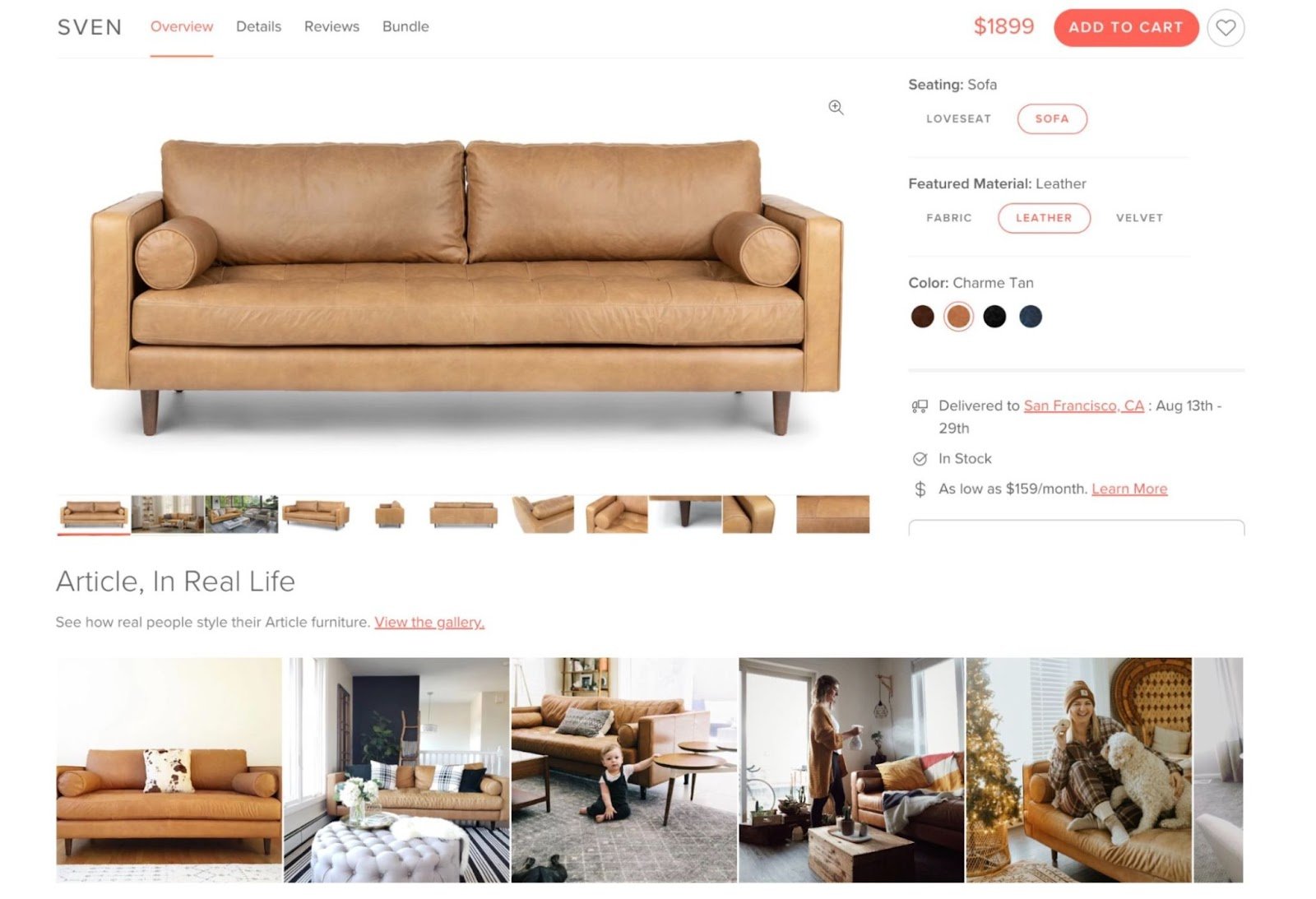A Brand's Guide to UGC for Marketing: Unleash the Power of User-Generated Content
Today's consumers are increasingly tired of traditional advertising that feels inauthentic and intrusive. In fact, a recent study by HubSpot found that 84% of consumers report being annoyed by intrusive or irrelevant advertising. This shift in consumer behavior has created a new marketing landscape where authenticity and trust are paramount.
One of the most powerful tools for building trust and authenticity is user-generated content (UGC). UGC is any type of content created by users, such as photos, videos, reviews, or blog posts. It's a valuable asset for brands because it offers a more genuine and relatable perspective on products and services.
What is User-Generated Content (UGC)?
UGC is a now-widely-used term that refers to content that is created by individuals, not by a brand or its marketing team. It can take many forms, including:
Photos and videos: Users can share images or videos of themselves using or enjoying your products or services.
Reviews and testimonials: Customers can leave reviews or testimonials about their experiences with your brand.
Social media posts: Users can share posts, comments, or messages related to your brand.
Blog posts: Users can write blog posts about their experiences with your brand.
User-generated content is characterized by its authenticity — products are captured within customers’ homes, in their daily lives, and stylized in a way that feels personal and trustworthy. UGC is powerful because it acts as a form of social proof that resonates with other customers.
Why UGC Works
A study by Bazaarvoice found that 93% of consumers trust recommendations from friends and family more than advertising. This highlights the importance of authentic content, like UGC, in building trust and credibility with your audience. Additionally, UGC can significantly boost engagement on your social media channels. A study by Buffer found that Instagram posts with UGC get 70% more engagement than posts without UGC.
Understanding the Difference Between UGC and Influencer Marketing
While both UGC and influencer marketing involve user-generated content, there are key differences. UGC is typically more authentic and comes directly from everyday consumers, sometimes unsolicited or without a contract.
Influencers, on the other hand, can be contracted to create specific types of content, typically for a fee that is correlated with their follower count and engagement. Part of the cost of influencers is the exposure of your brand to their large following.
Examples of Brands Leveraging UGC Marketing
Enough talk… let’s see what UGC actually looks like in the wild.
Allbirds
Allbirds, renowned for its comfortable footwear, harnessed the power of its customer base to spread the word. By encouraging customers to share photos on social media with the hashtag #weareallbirds, the brand tapped into a wealth of authentic content.
This grassroots marketing approach has proven successful, with over 15,000 Instagram posts using the hashtag, showcasing the enthusiasm and loyalty of Allbirds' customers.
Article
Article, an online furniture brand renowned for its chic, Scandinavian-inspired designs, offers a unique solution to the absence of physical showrooms. By showcasing authentic customer photos and furniture pairing recommendations on product pages, Article provides potential buyers with a realistic glimpse of how its pieces can integrate into their homes.
This not only increases time on site and lowers bounce rates but also creates a more engaging and personalized shopping experience. Additionally, Article features a shoppable inspiration gallery filled with UGC, offering customers a curated selection of stylish home decor ideas.
Pura Vida
Pura Vida is a prime example of a brand that has successfully leveraged UGC and brand ambassadors to fuel its growth. By fostering a strong sense of community and encouraging customers to share their experiences, Pura Vida has created a loyal and passionate following.
The brand's extensive network of brand ambassadors, coupled with its active engagement with UGC on social media, has played a pivotal role in its success. Pura Vida's ability to authentically connect with its customers through user-generated content has helped it stand out in the competitive market of fashion accessories.
How to Source User-Generated Content for Your Brand
Leveraging your existing community:
Encourage sharing: Make it easy for your customers to share their experiences by adding clear calls to action on your website and social media profiles.
Run contests and giveaways: Offer incentives for customers to create and share UGC. This could include discounts, free products, or exclusive experiences.
Partner with influencers: Collaborate with influencers in your industry to create UGC and reach a wider audience.
Utilizing social media listening tools:
Monitor conversations: Use social listening tools to track conversations about your brand and industry. This will help you identify potential UGC opportunities.
Engage with users: Respond to comments, likes, and shares to show appreciation for your customers and encourage them to create UGC.
Creating dedicated platforms for UGC:
User-generated content galleries: Create dedicated sections on your website or social media profiles to showcase UGC.
Community forums: Encourage customers to discuss your products or services on forums or online communities.
Partnering with third-party platforms:
UGC platforms: Consider partnering with third-party platforms that specialize in UGC, such as Curalate or Pixlee. These platforms can help you collect, curate, and showcase UGC.
Keep reading: How to Source UGC for Your Brand
User-generated content (UGC) is a powerful marketing tool that can help brands build trust, authenticity, and engagement. By encouraging UGC creation, showcasing UGC on your platforms, responding to UGC, and measuring the impact of UGC, you can leverage this valuable resource to achieve your marketing goals. Remember, the key to successful UGC marketing is to create a community around your brand and encourage your customers to share their experiences.




